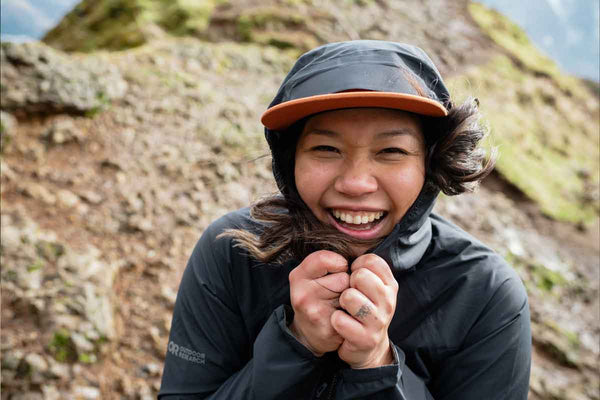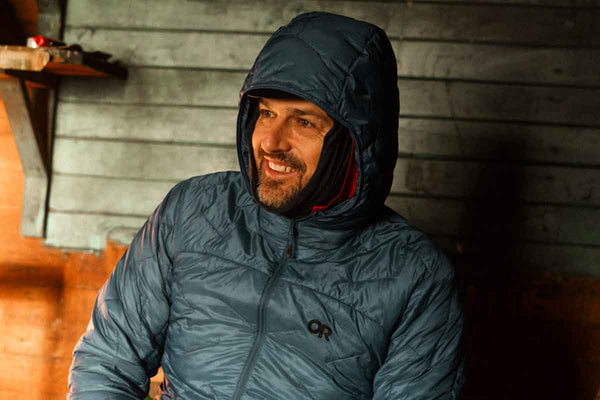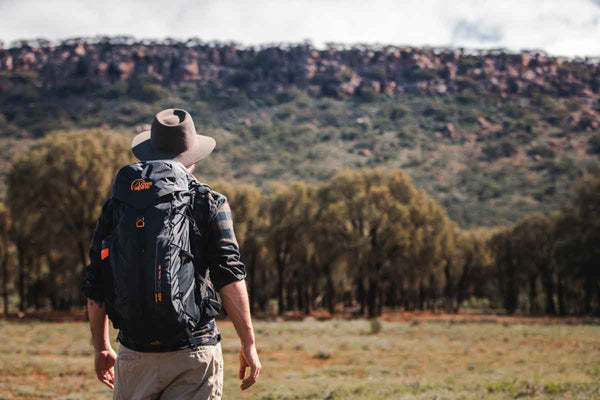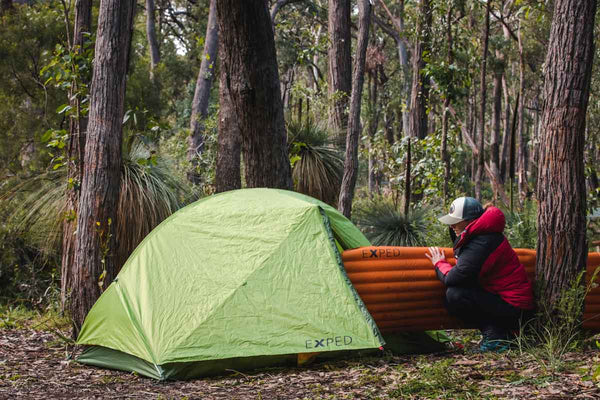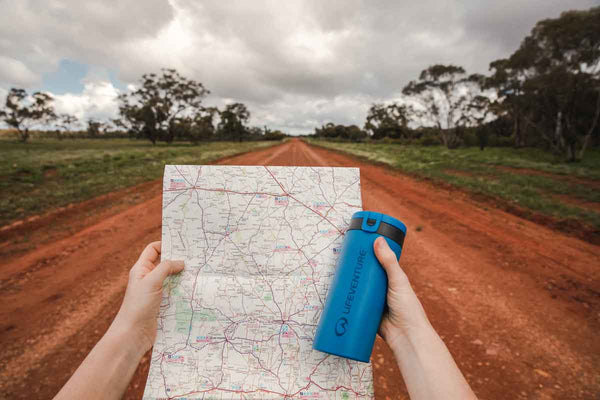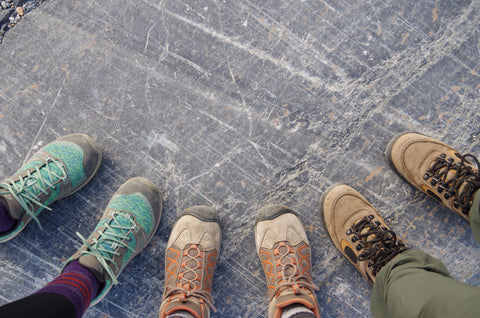
Footwear Guide
Outdoor footwear comes in a confounding array of styles and options. Whether you are looking to purchase your first pair of boots or shoes, or if you are a seasoned walker, there are a number of features that will help to identify the ideal sort of footwear for you.

Shoes or Boots
Duration Of Wear
The amount of time that you will be walking in your footwear has a significant impact on the style that you will need to choose. For day walks and light hiking, shoes are ideal - mid-cut boots are only necessary if the trail is rough. For overnight hikes it is wise to wear a mid-cut or an articulated high-cut boot that supports the tendons and muscles in the foot. Extended treks always require high-cut boots that will immobilise the ankle joint and thus prevent any chance of twisting or straining.
Backpack Weight
Higher backpack weights will affect your sense of balance. Accordingly, a rough guide is:
For weights under 8kg - shoes or mids
For weights from 8kg to 15kg - mids or articulated boots
For weights over 15kg - high-cut boots
Trail Conditions
It may sound obvious but many walkers fail to take into account trail conditions when choosing footwear. A general guide is:
Maintained Trails - shoes or mids (national parks, major trekking routes)
Fire-Trails - mids or articulated boots (infrequently accessed trails)
Off-Trail - high-cut boots
The Perfect Fit
Fit is paramount. It doesn’t matter what the grip, midsole or upper is made from, or what colour the boot is, fit has to be your overriding concern. With the current array of styles and options on the market it should be feasible for virtually anyone to find the perfect fit – even if it involves customisation of the insole. Fit is dependant upon two key criteria; the last and size. When you try on footwear please consider each of the following features:Last
All footwear is built around a ‘last’ which determines foot bed shape and volume. There are major differences between male and female lasts as women’s feet tend to be narrower in the heel, Achilles tendon and across the ball, as well as having slightly longer toes than men. However, one last does not fit all feet and accordingly, manufacturers have developed a number of standard lasts to suit the market.
Toes
The toecap shouldn’t squash, pinch or irritate your toes. There should be enough room to move toes around unhindered, but not so much room that they can slide from side to side. A great test for toe fit is the toe-tap. Lightly tap the toe of the boot on the ground. If your toes are crushed or painfully hit the end of the boot then you will need either a larger size (as the boot is too short) or a larger toe box (i.e. a different last).
Arch
Australians have generally spent much of their lives walking barefoot and this has resulted in slightly or dramatically collapsed arches and consequently a broader forefoot from the spreading metatarsal bones. Accordingly wide lasts are the most suitable shape.
Heel
The heel-cup frequently proves the most difficult aspect of footwear fitting. To prevent heel or Achilles slippage it is essential that the heel fits snugly into the heel-cup and does not move. Any vertical or lateral movement will result in blisters. If you need to wear inflexible boots (for mountaineering or heavy bushwalking) then ensure that the ankle is firmly laced and cannot slip.
Ankle
It is a bit of an industry myth that high boots provide ankle support – in fact high-cut boots immobilise the ankle joint - but by restricting movement you are also reducing the chances of twisting or spraining of the joint.
Breathable Vs Waterproof
Footwear manufacturers have produced an extensive range of climate relevant features, the best known of which is the waterproof/breathable membrane designed to keep your feet dry while transferring the moisture vapour away, allowing them to 'breathe' and thus remain sweat-free.
In practice, waterproof membranes (Gore-Tex™ or equivalent) will never breathe as effectively as membrane-free footwear – they are designed to expel moisture vapour but there is no room inside a boot for vapour to build up. Footwear can only breathe when uppers have wicking-mesh areas around the foot and to that end all footwear is lined with a moisture absorbing material which will need to air at the end of each day.
The membranes are very good at their primary function though - keeping your feet dry - as long as the 'booty' construction is not compromised. Ultimately, you will have to decide what is more important - a guaranteed barrier to water ingress or free and easy vapour transfer. It is likely this will be decided either by the route and weather conditions or by your feet and how much they overheat and/or sweat during a day on the trail. Should you need the breathability, it is quite possible to treat leather boots with natural wax products and make them 99.9% waterproof.
Vibram vs Soft Rubber
In terms of outsole materials in outdoor footwear, Vibram has been around for over sixty years and is the hardest wearing outer-grip compound available in the market. Vibram contains a high proportion of silicon mixed in the rubber which leaves a glossy finish and increases the lifetime of the grip. Vibram will last for well over a year of continuous use under normal conditions, however its inflexibility can make it slippery on wet surfaces. Lower levels of silicon impregnation, such as in Salomon's proprietary Contragrip outsles, create a softer rubber and therefore provides more grip on wet or slippery surfaces, but this will naturally have a shorter lifetime.
In the Store
Once you have a clear idea of what sort of footwear you require the next step is to try some on and walk around the store for a while. Fit is THE most important feature of any footwear. Well broken in, correct fitting walking footwear will give you many miles of blister- and pain-free walking. Try on as many pairs as possible before making your final decision. Wear your new footwear around the house for a day or two just to make sure there are no hot-spots or potential nagging fit problems – if you don’t wear them outdoors you can always bring them back to the shop (within 14 days).

